Nails should be properly cared for and hygienic. Fungal infections are common. But, with the right habits, you can prevent them. Here are a few simple but effective practices you can follow to keep your toenails strong and fungus-free.
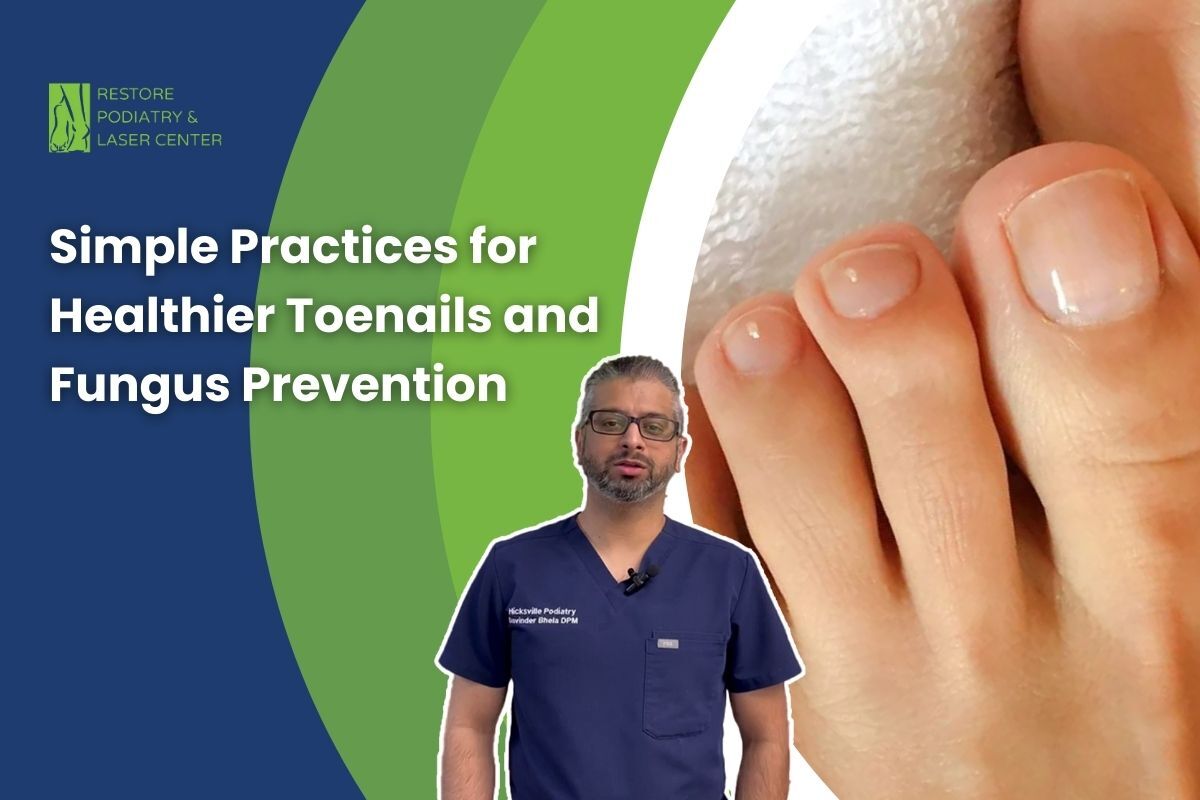
Onychomycosis, or as we used to say, toenail fungus, is a very common problem. The infection of fungi on nails causes discoloration, thickening, brittleness, and other symptoms. The infection can spread and lead to pain if it is not treated. And it can break the nails, making the nails fragile.
Prevention is critical so that complications do not develop, and if they do it should be caught as early as possible and treated properly.
Warm and moist environments are the main cause of fungal infections. Barefoot walking in public places like pools, gyms, and locker rooms elevates the risk. They can also be caused by poor hygiene, sweaty feet, and wearing tight shoes.
They are more vulnerable to people with weakened immune systems, diabetes, or poor circulation. The nails also grow slower and get more brittle with aging.
Early treatment is very important if you notice these symptoms. It is more difficult to eliminate the fungus if you wait for a longer time.
Nails should be properly cared for and hygienic. Fungal infections are common. But, with the right habits, you can prevent them. Here are a few simple but effective practices you can follow to keep your toenails strong and fungus-free.
You should wash your feet every day with warm water and mild soap to remove dirt and bacteria. Wash away the dirt and microbes, and dry very well between the toes especially, because moisture is a very good fertilizer for fungal growth.
If your feet are excessively sweaty, wipe with a towel or use a hair dryer that is at a low setting to make sure your feet are dry.
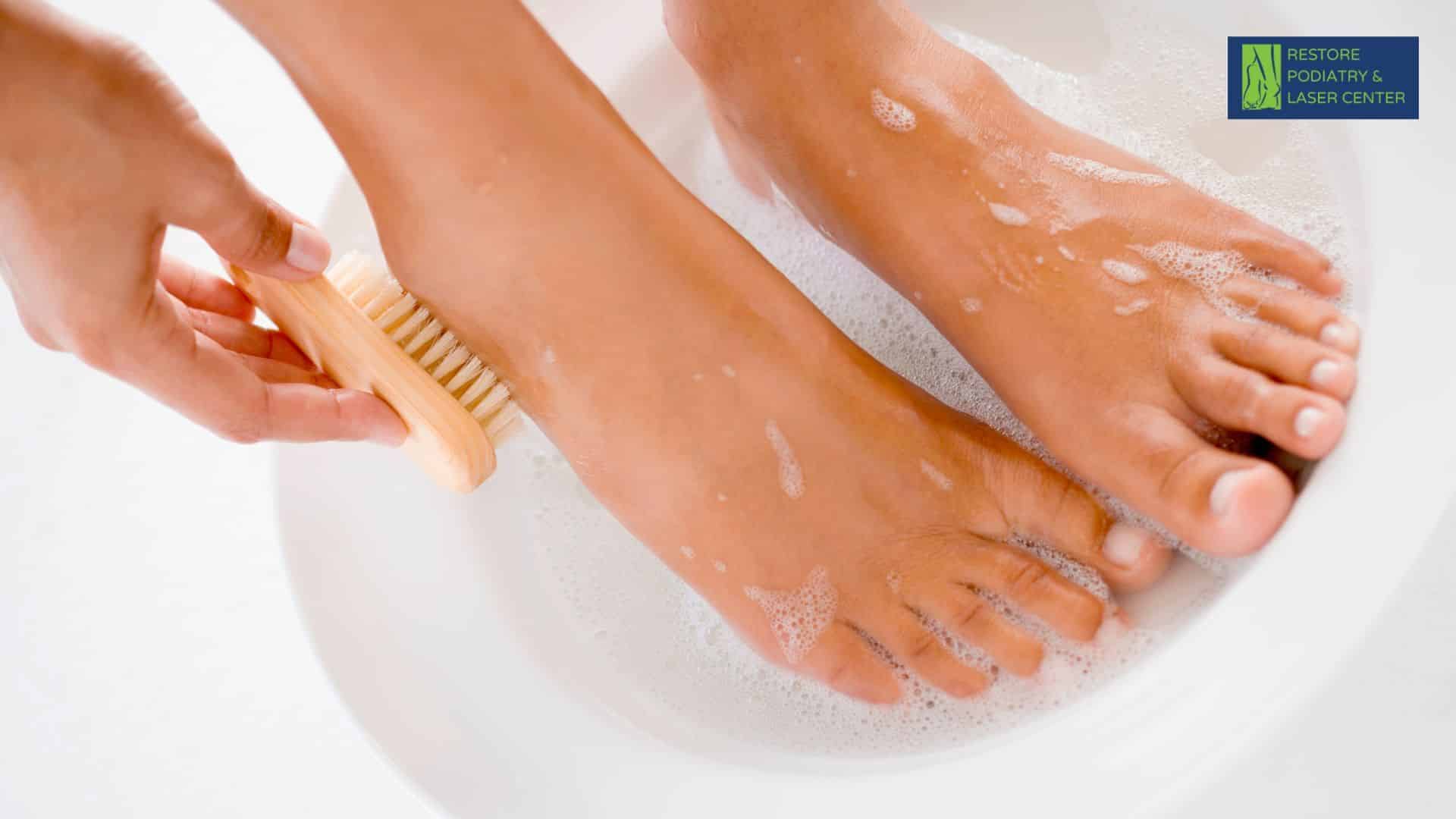
Make sure you trim your toenails straight across so as not to get an ingrown nail which could develop infections. Also, do not cut them too short; this can result in pain and increase the possibility of fungal exposure.
Smoothen rough edges with a gentle nail file and use sterilized nail clippers to keep nails in proper health.
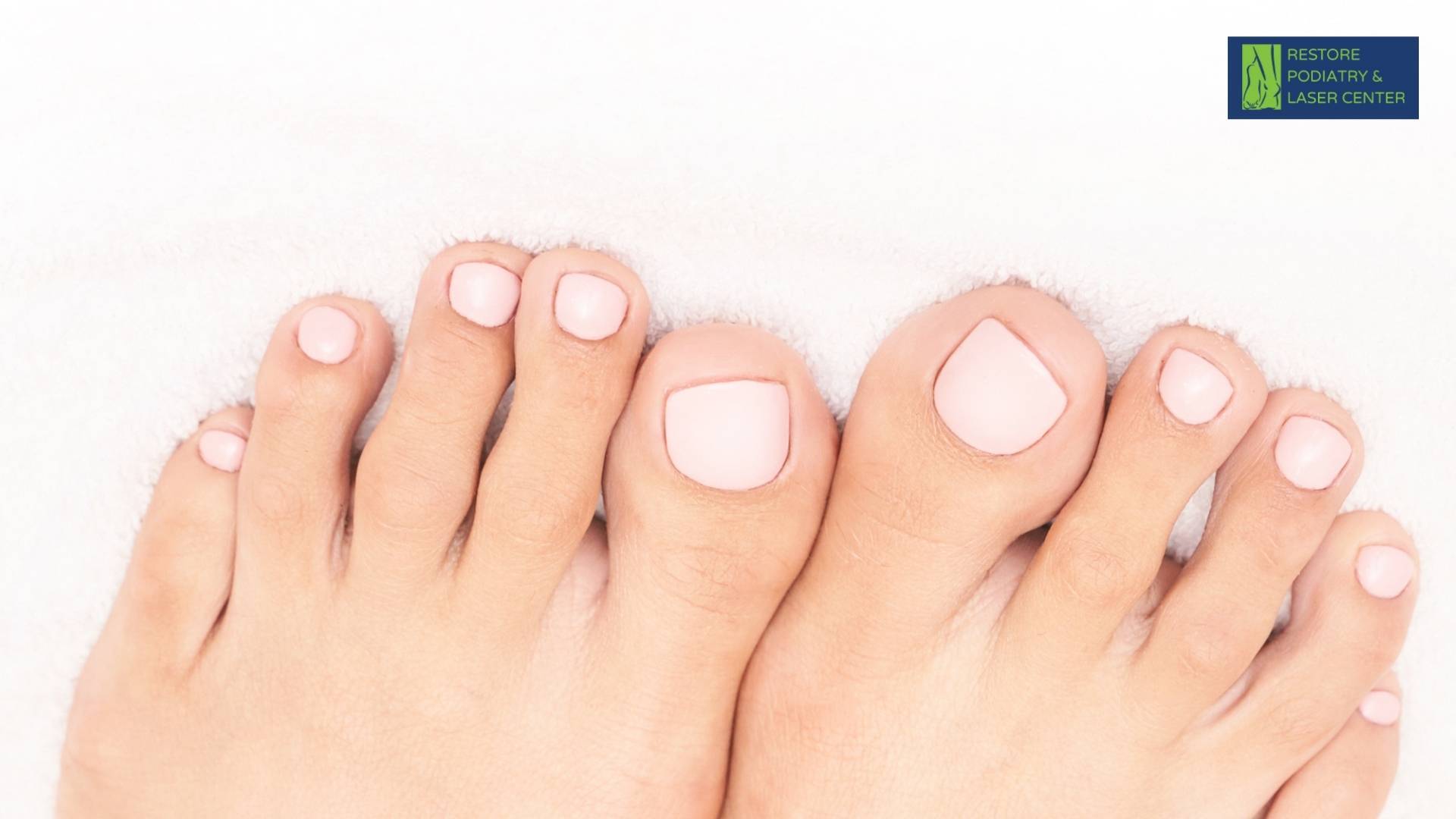
Select shoes with breathable materials such as leather or mesh so that air can pass and moisture can be reduced. Avoid tight-fitting shoes, which can trap the heat and sweat to their fullest, which makes it the best suitable environment for the fungus. Get your feet to breathe by wearing open-toe sandals occasionally, if possible.

Changing damp socks once a day is also important because it will discourage fungal infections. Go for moisture-wicking socks of cotton or bamboo. If your feet are prone to sweating excessively, then carry an extra pair of socks that you can switch throughout the day.
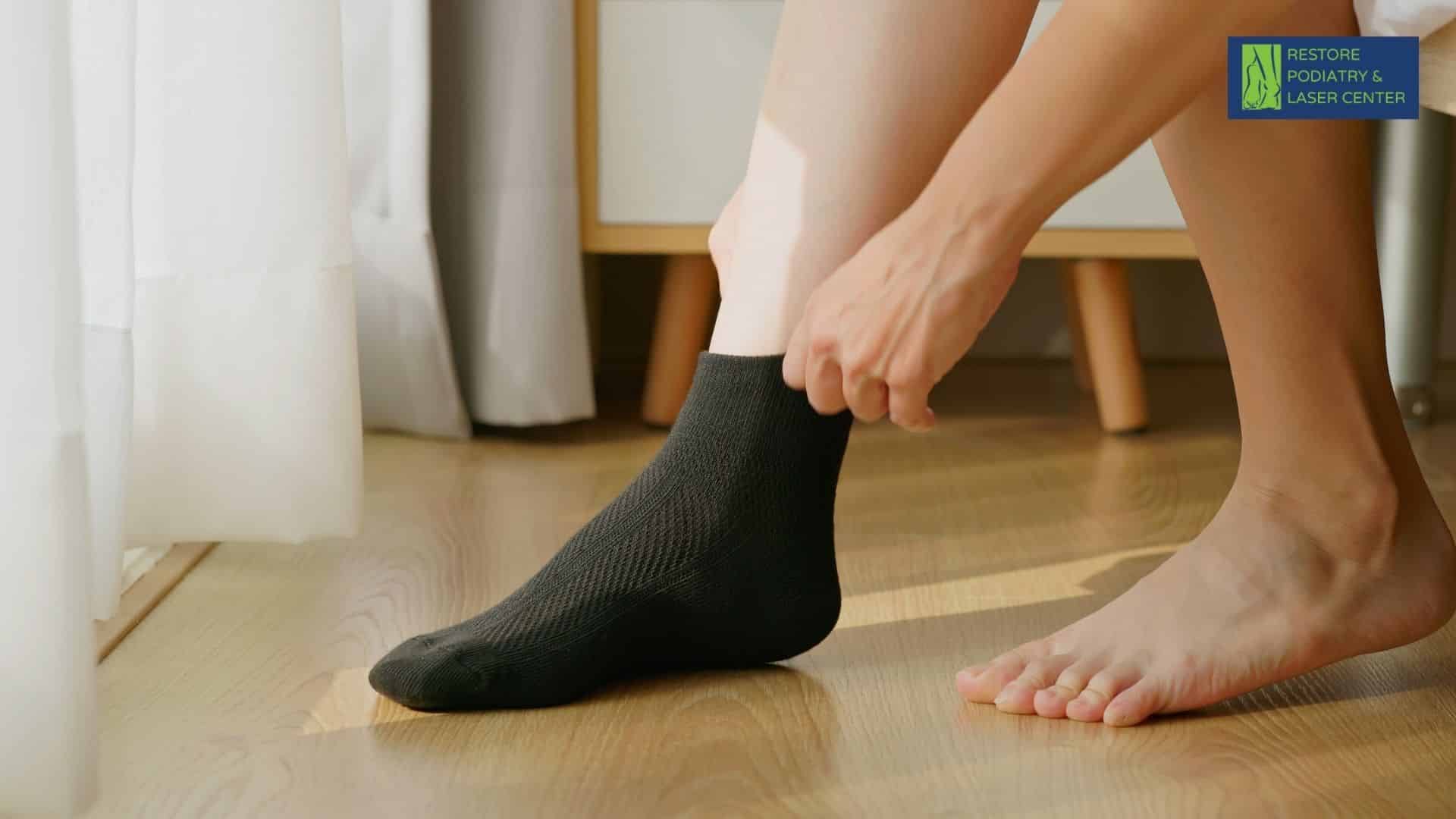
Fungal infections thrive in public showers, locker rooms, and swimming pool locations. Barefoot walking in these areas exposes your feet to harmful bacteria and fungi.
When out in the great outdoors, always make it a habit to wear flip-flops or water shoes to form a barrier between your feet and contaminated surfaces.
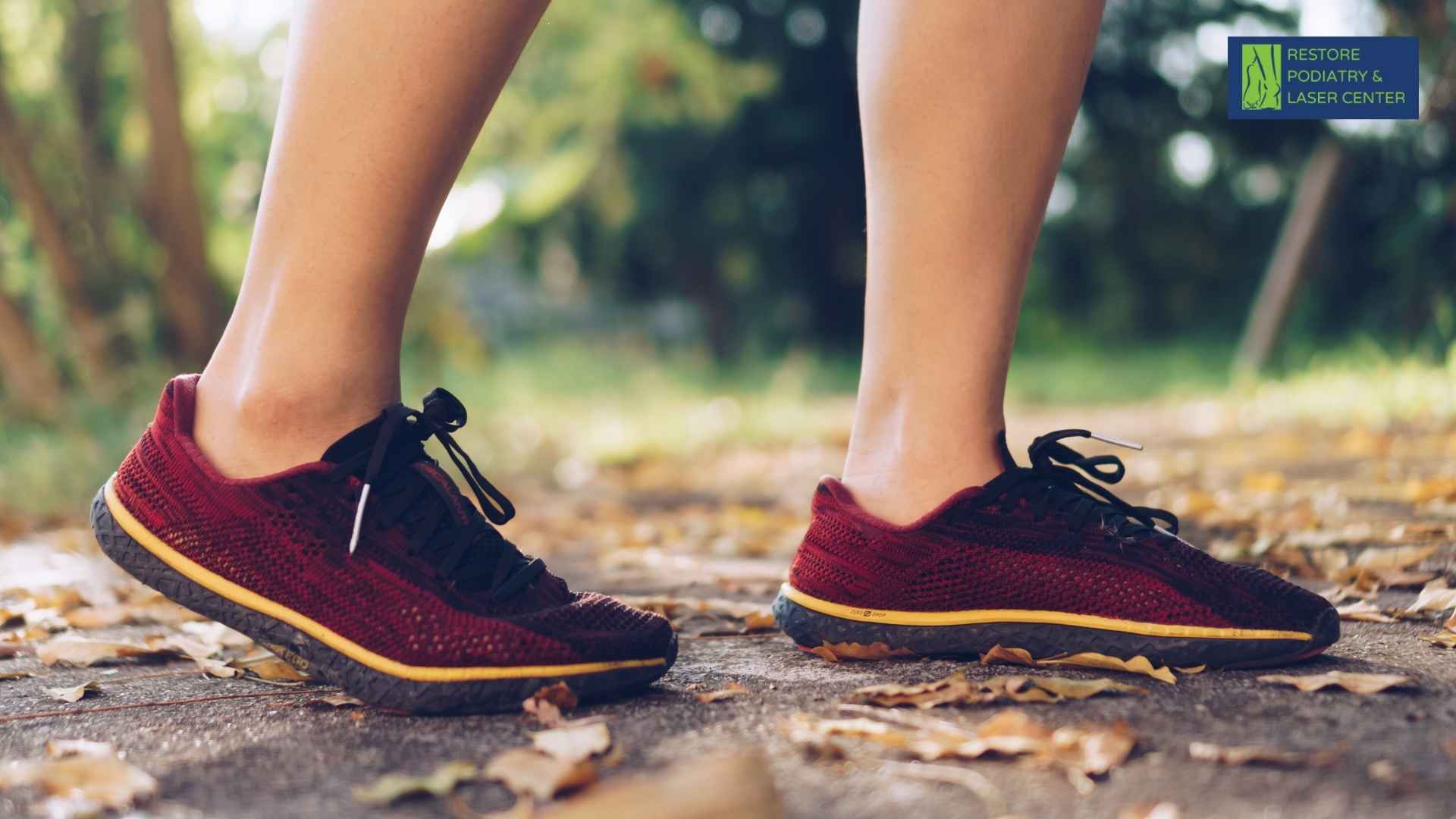
Fungi can spread the infection if they’re not washed clean but can reside inside shoes and on nail clippers. Antifungal sprays or powders can be used to disinfect your shoes frequently.
Rubbing alcohol, too, is used to sterilize your nail tools before and after use to prevent fungal transfer from infected nails.
If you tend to have sweaty feet, applying antifungal powder or spray can absorb moisture and prevent fungal infections. These products put up a barrier protecting the structure from fungal growth. Use daily, probably before wearing closed-toed shoes for an extended period.
Good nail health is dependent upon keeping your toenails trimmed and clean. Do not use nail polish if you have a fungal infection, since this will cause more moisture to trap in your nails causing it to grow worse. However, leave your nails natural and dry so that they can heal correctly.
A strong immune system can help fight off infections, including toenail fungus. Eat a balanced diet rich in vitamins, minerals, and antioxidants. Stay hydrated, get enough sleep, and exercise regularly to support your body’s natural defenses against fungal infections.
If you notice signs of toenail fungus, such as discoloration, thickening, or brittleness, take action immediately. Use over-the-counter antifungal treatments, tea tree oil, or vinegar soaks to combat mild infections. For persistent or severe cases, consult a doctor for stronger prescription treatments.
By following these best practices, you can maintain healthy toenails and reduce the risk of fungal infections. Consistent foot care and good hygiene go a long way in keeping your feet strong and fungus-free.
Laser therapy is an effective, non-invasive treatment for toenail fungus. Unlike topical treatments that take months to show results, laser therapy targets the infection at its source. The laser penetrates the nail and destroys fungal cells without damaging surrounding tissue.
One of the biggest advantages of laser therapy is its speed. Sessions are quick, usually lasting 30 minutes or less, with no downtime. Unlike oral antifungal medications, laser treatment does not cause side effects like liver damage or digestive issues.
Laser therapy is also highly effective, especially for stubborn infections that do not respond to traditional treatments. Many patients see significant improvement in just a few sessions.
Healthy toenails require simple but consistent care. Keep your feet clean, dry, and well-maintained. Wear proper footwear and avoid walking barefoot in public places. Treat infections early to prevent complications.
By following these practices, you can maintain strong, healthy toenails and prevent fungal infections from taking hold.
If you’re struggling with toenail fungus, don’t wait—restore your confidence with Restore Podiatry & Laser Center. We serve Nassau County, Suffolk County, and Long Island, providing world-class care with no drugs, no major surgery, and no downtime.
Visit Restore Podiatry & Laser Center to learn more!
Have any questions or concerns? Our team at Restore Podiatry is here to help! Reach out to us anytime, and we’ll be happy to assist you with expert advice and personalized care.